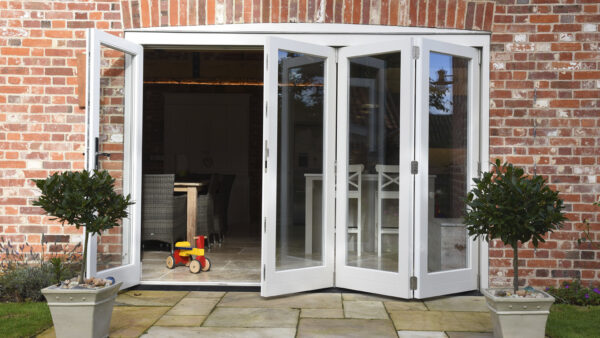Restoring London’s iconic Regency Crescent demanded bespoke high-end architectural hardware

Regent’s Crescent is an iconic semicircle of Regency buildings overlooking London’s Regent’s Park.
This prestigious development makes up one half of a semi-circle of the iconic Regent’s Crescent, a combination of prime residential apartments and offices overlooking Regent’s Park.
Both buildings either side of the Crescent were designed by the world-renowned architect John Nash in the 1800’s – One half remains original with the other half poorly re-constructed in the 1960’s after sustaining extensive damage during World War Two. It was due to this poor re-construction that resulted in the development obtaining approval to be demolished and meticulously re-built, converting the previously occupied office space into 67 prime-residential apartments, nine garden villas, amenity areas and a spa. The project is also the only new build within the UK to be granted Grade I listed status.
This meticulous approach remained consistent throughout and we were tasked to reproduce a range of bespoke ironmongery in a bronze finish to complement the flourishes and accents form the Regency period within the contemporary designed apartments"
Tom Planck, Managing director, john planck ltd.

John Planck Ltd supplied bespoke architectural hardware, for the luxury development. Bronze hardware of the highest specification was selected to meet functional and design requirements. “This meticulous approach remained consistent throughout and we were tasked to produce a range of bespoke ironmongery in a ‘client’s choice’ Bronze finish to complement the flourishes and accents from the Regency period within the contemporary designed apartments,” says Tom Planck, managing director. “The particular finish used was a living Burnished Bronze which met the brief given by the client that it would develop a patina through use, over a period of time.”
Key features
Aesthetics were key to the success of the project and therefore concealed hinges were specified throughout. Over 3,500 hinges were supplied in total with a combination of four differing hinge types to suit the varying door type intricacies and fire ratings.
To further support the minimalistic design intent for the functional ironmongery, magnetic locks were specified to the apartment entrance doors and all internal doors. Silent in operation, these also remove the need for a conventional projecting strike plate installed to the frame.
Magnetic locks by nature are ‘lightly sprung’ and with the handle weighing over a kilo per set, it needed careful consideration to produce a custom spring cassette to self-support the handle and avoid any ‘drooping’ when in operation.
The lever furniture was bespoke, likewise the pull handles which were manufactured to match the lever design but also produced at varying lengths to perfectly align with the vision panels of the doors within the communal areas.
Planck also selected SIMONSWERK UK door hinges. In total over 3,500 various TECTUS concealed hinges including the TE340, TE540, TE541 and the TE527 in bronze metallic finish were specified to complement the detailed bespoke door furniture and ironmongery schedule.
Tom Planck, managing director said: “On a project with this level of finish and specification we knew that TECTUS hinges were the ideal choice. They have been used on a range of previous high-end schemes and we know that they provide the elegant, concealed appearance required by architects and interior designers with the functionality and high load capacity that this project required”.

Close communication
This project required close co-ordination with the main contractor, sub-contractor’s and door manufacturer’s. A testament to this is the successful security test of the apartment entrance door which achieved PAS24 status in which our ironmongery withstood and passed the attack tests outlined within this standard.








